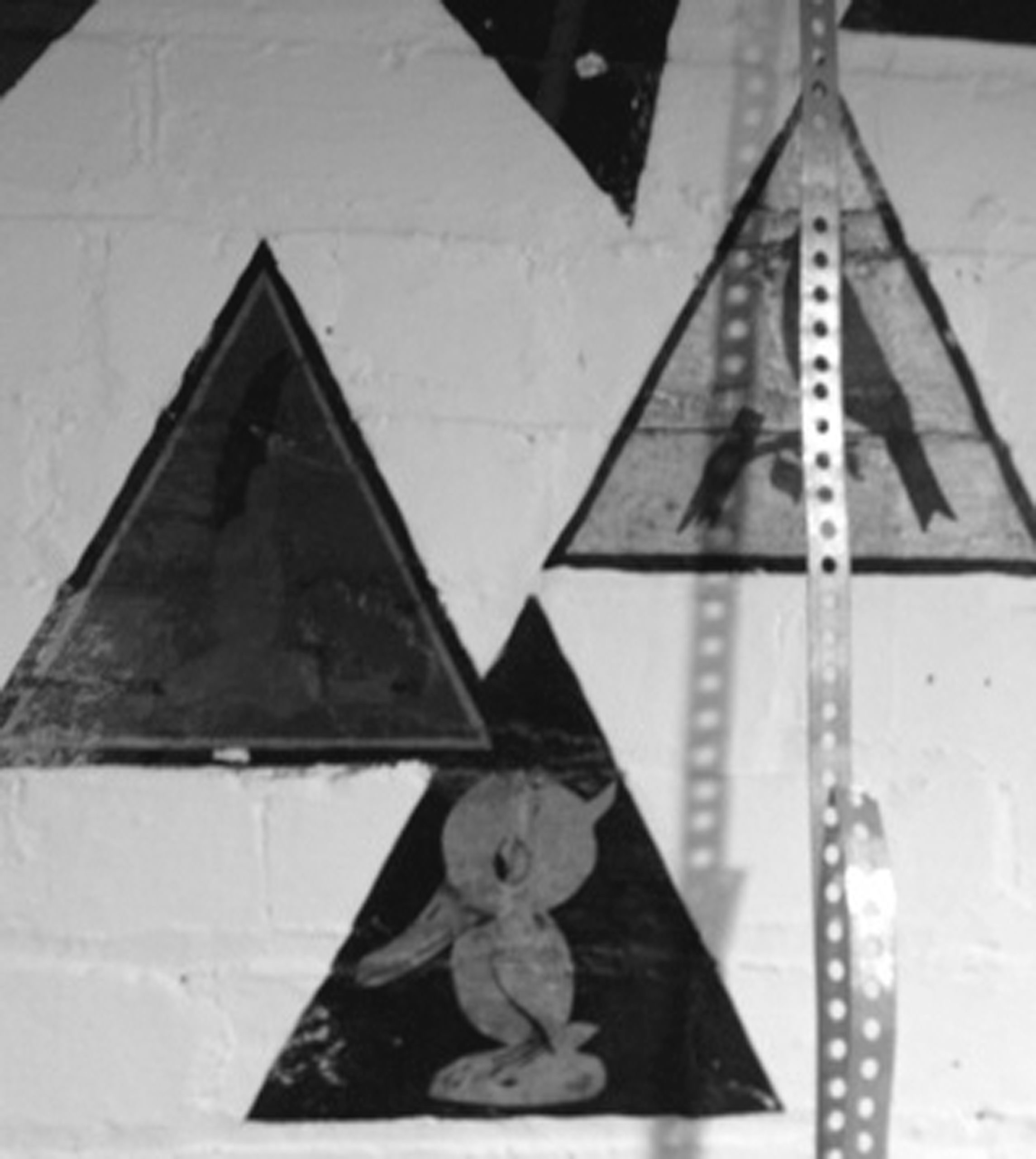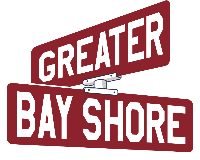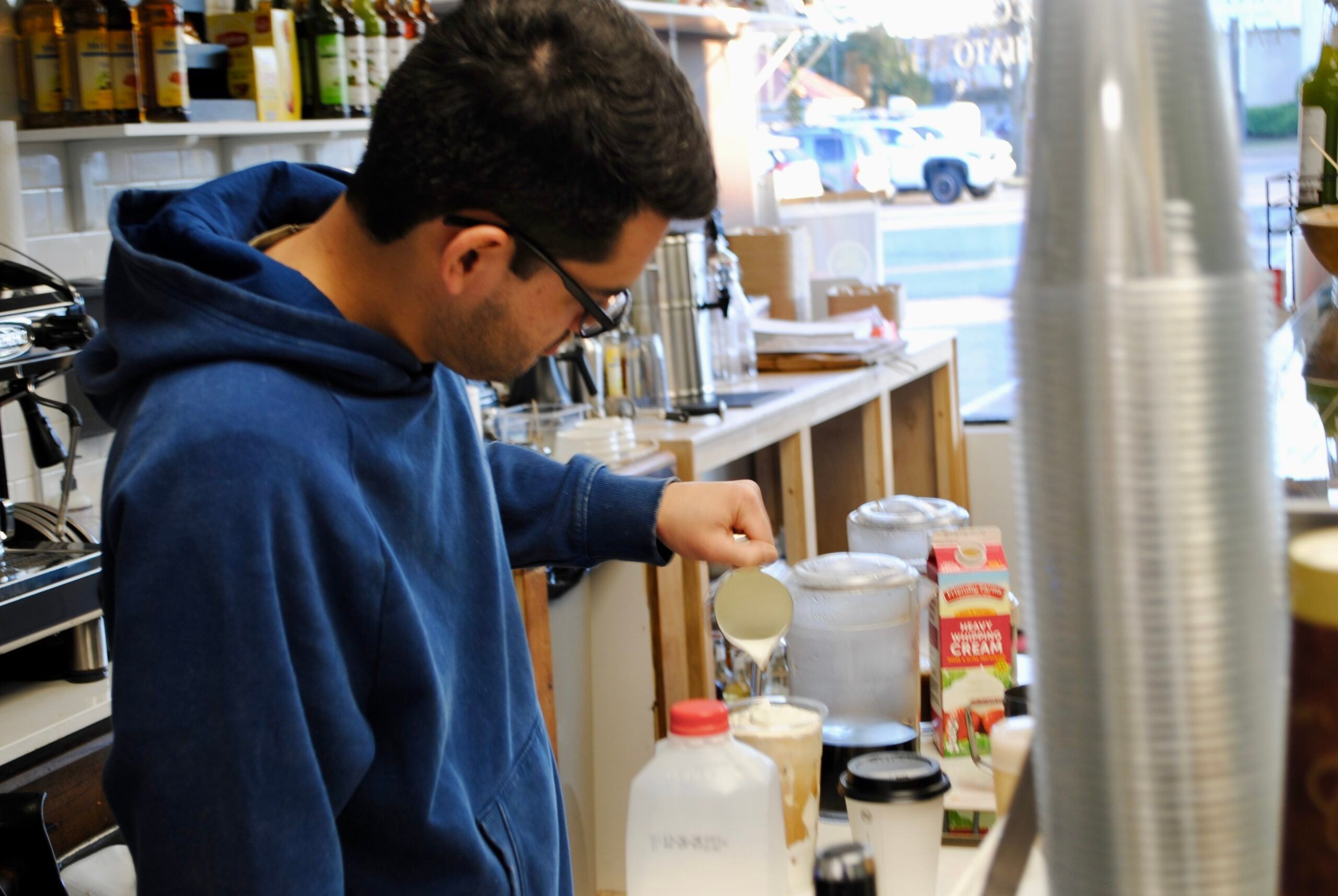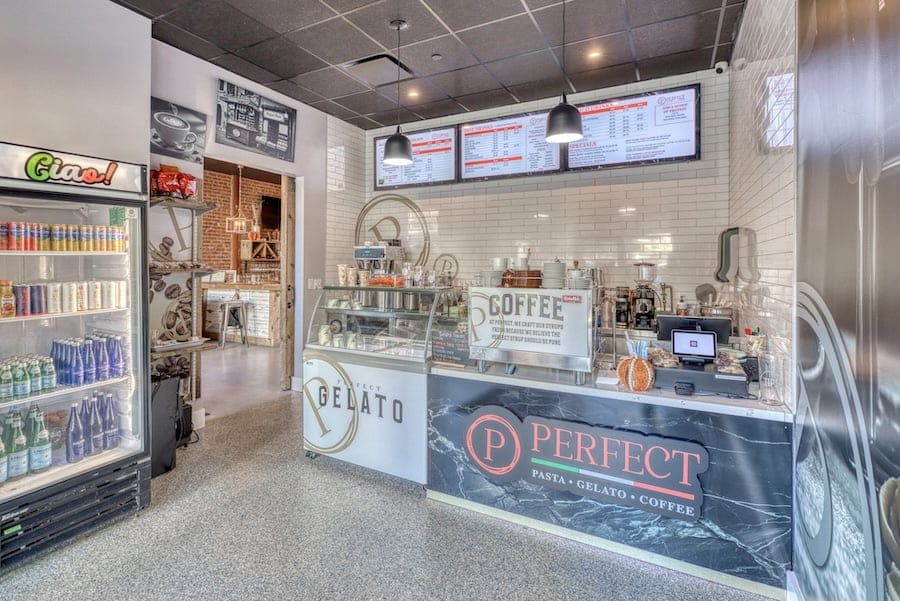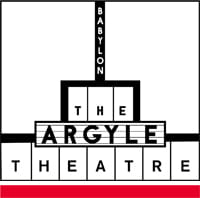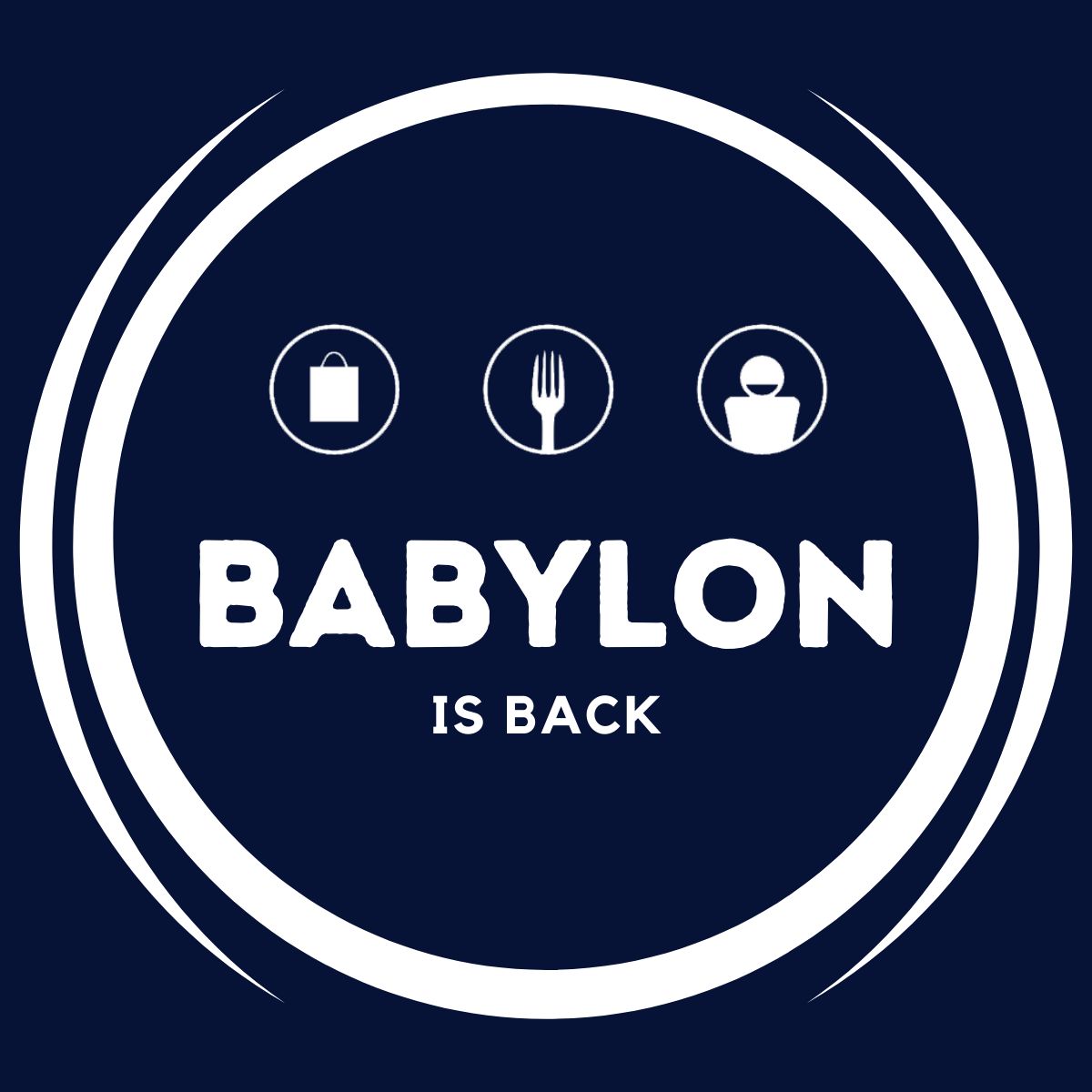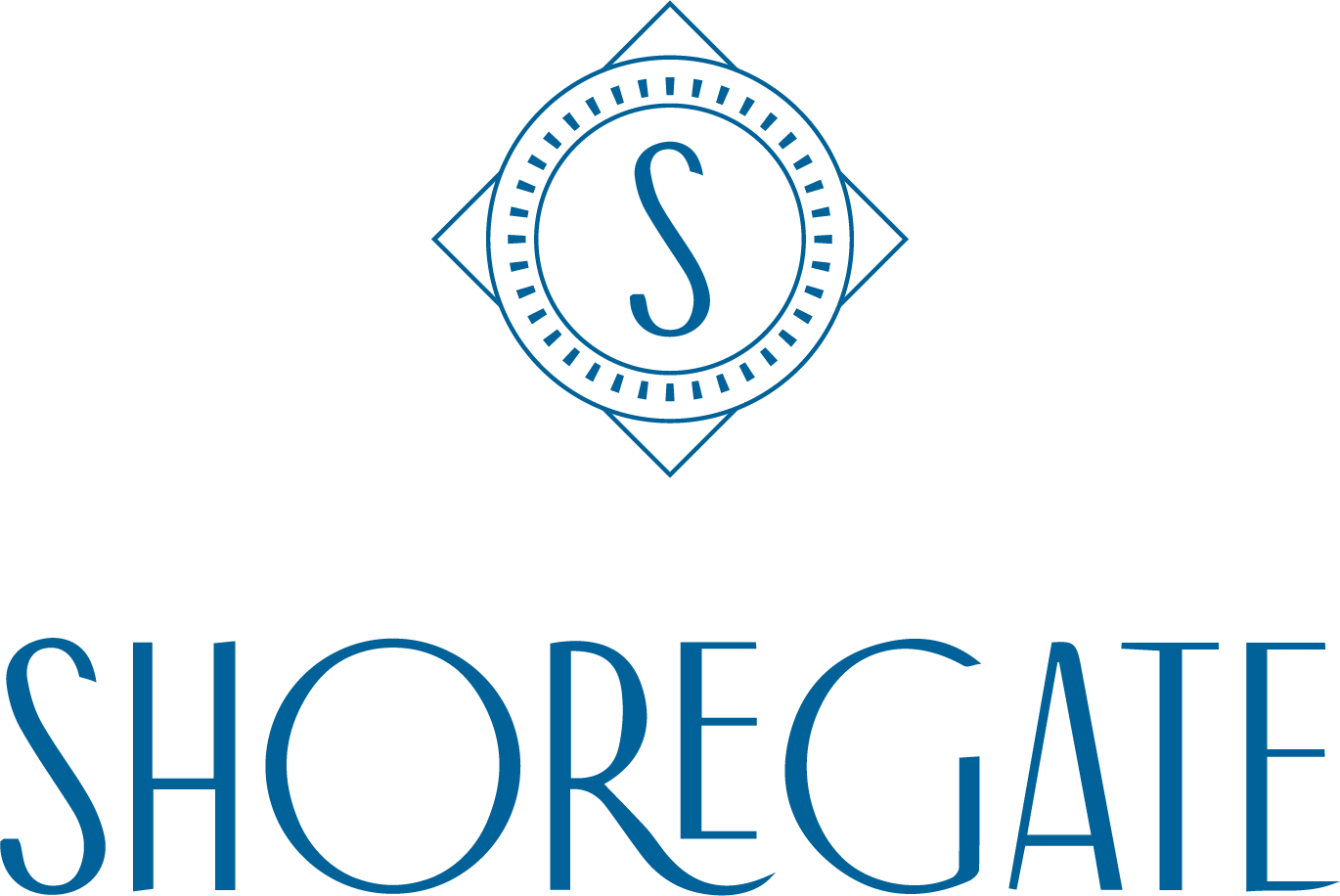
OUR SPONSOR
Greater Bay Shore coverage is funded in part by Shoregate, now leasing brand-new premium apartment homes in the heart of Bay Shore. Click here to schedule a tour.
 By Chris Verga |
By Chris Verga |
While renovating a house in Brightwaters, contractors found unrecognized symbols painted on a wall behind some paneling they had ripped down.
The homeowner figured they were dark magic cultic symbols, but a friend recognized them as art from legendary World War I air squadrons. These insignias (photos below) are the last remaining relics from the Naval Air Base that was in Bay Shore.
Originally located at the end of Garner Lane and Lawrence Creek, the site was home to Bay Shore’s air club, which was owned by Charles Lawrence. But in the spring of 1917, sporting air clubs across Long Island heeded the call to “Make the World Safe for Democracy.”
America’s plunge into World War I, forced Lawrence to lease the property to the Naval department at the cost of $1 a year for the duration of the war. While leased out, the property was extended by eight acres through fill that was dredged from the nearby creek and five hangers were constructed.
At the peak of the war, the property trained 1,000 troops on any given day.
The influx of short-term residents could not be accommodated with the leased property. Naval officials scrambled to feed and dorm the airmen. Linwood Resort Hotel on South Clinton Avenue housed the soldiers, and luncheonettes on the corner of Ocean Avenue provided food for them.
Despite these sort-term solutions, the Linwood had limited heat during the winter months, and lunch for the airmen had to be broken up into shifts that crossed with dinner hours.
Recognizing the lack of accommodations, the community rallied around supporting the needs of the servicemen. Bay Shore Knights of Columbus held a fundraiser to acquire an old summer estate named Elysian View (current day Saint Patrick’s elementary school) for housing the airmen.
The Ladies of Bay Shore led by Mrs. Mulford and Mrs. Brinkerhoff organized daily luncheons that fed 300 airmen. The culture of hospitality became a concern for the commanders of the base.
Commander Reid of the U.S. Naval Air Station at Pensacola, Fla., stated that the “the airmen and civilians referred to each other on a first name basis” and “fraternization among airmen and civilian workers are potentially problematic due to the discipline required in any military ranks.”
The community’s hospitality helped train airmen and engineers that led to the successful development of the Loening seaplane and patrols that secured the South Shore of Long Island from German U-Boats.
Despite these achievements, the base was decommissioned at the end of World War I and the airmen and workers were transferred to the Naval Air Station in Pensacola.
Today, a hundred years later, the Bay Shore community still holds the culture of hospitality, but the site of the old air base has been concealed by the blocks of suburban developments and fields of manicured lawns.
All photos come courtesy of the Bay Shore Historical Society.


